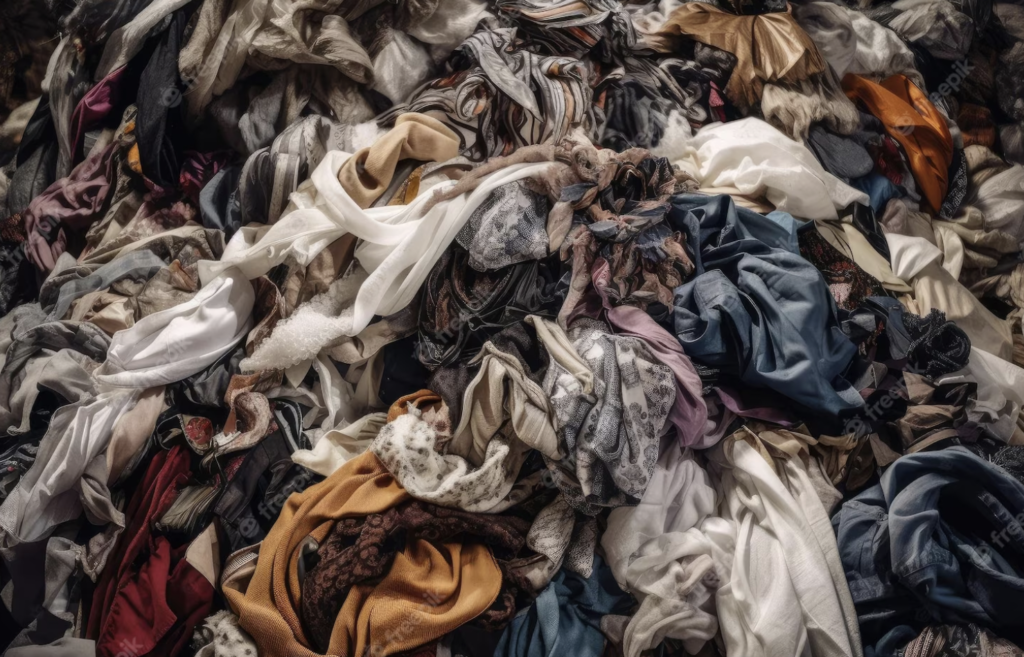
SUSTAINABLE SOLUTIONS: TEXTILE & FABRIC RECYCLING LEADING THE WAY
In today’s fast-paced world, the fashion industry has taken center stage, providing us with an array of stylish clothing and textiles. However, this convenience comes at a cost, as textile waste continues to mount, contributing to environmental degradation. As the need for sustainable practices becomes more pressing, textile and fabric recycling emerges as a beacon of hope.
The Textile Waste Conundrum: The fashion industry’s rapid production cycles and “throwaway culture” have led to staggering amounts of textile waste. According to the Environmental Protection Agency (EPA), the United States alone generates more than 17 million tons of textile waste annually. This waste not only fills landfills but also releases harmful greenhouse gases during decomposition.
Understanding Textile and Fabric Recycling: Textile recycling offers a promising solution to this predicament. Recycling textiles involves recovering old or unwanted garments, fabrics, and textiles to give them new life. The process involves several steps, each contributing to a more sustainable future:
Leading the Charge: Several innovative companies are championing textile and fabric recycling, setting an example for sustainable business practices:
Individual Impact: While companies play a crucial role, individuals can also contribute to textile recycling:
Conclusion: The textile and fabric recycling movement are weaving a new narrative for the fashion industry—one that values sustainability and circularity over disposability. As companies and consumers join hands in this endeavor, we inch closer to a world where textiles not only clothe us but also nurture the planet, we call home. By embracing textile recycling, we can stitch together a more vibrant and eco-conscious future.
Source:
https://en.wikipedia.org/wiki/Textile_recycling
https://brightly.eco/blog/textile-recycling
https://www.fibre2fashion.com/industry-article/3197/textile-recycling